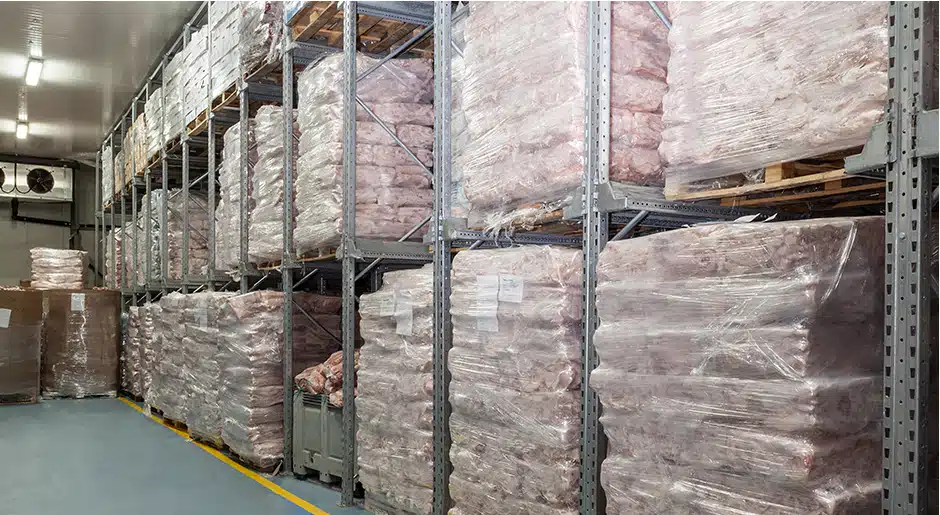Attractiveness of cold storage sector driven by e-commerce trends
The hottest new trend in the warehouse industry is actually ice-cold — cold storage.
Refrigerated warehouses are not new, of course, and are a key part of the grocery supply chain. The difference now is the role of e-commerce in the segment through the rise of grocery delivery (such as Amazon Fresh) and meal-kit plans (such as Blue Apron, HelloFresh and Sun Basket).
Because they require shorter delivery times, the online grocery and meal-prep companies need cold-storage facilities closer to consumers, according to Aaron Ahlburn, industrial and logistics research at JLL. In many ways, their location needs parallel those of other last-mile warehouses.
Temperature-controlled warehouses represent a relatively small portion of the overall logistics industry. The U.S. Department of Agriculture and National Agricultural Statistics Service, in their most recent biannual report on refrigerated warehouse capacity, identified 3.6 billion cubic feet of gross refrigerated storage capacity, with 81 percent usable freezer space and the remaining 19 percent cooler space. According to CBRE, this represents an estimated industrial cold-storage footprint (based on a height of 24 feet and an 85 percent footprint efficiency) of 180 million square feet of industrial space.
That capacity is set to increase substantially as the way Americans shop for food changes in the years ahead. Packaged Facts, a market research agency, predicts online grocery sales will quadruple between 2018 and 2023. And, as anyone in the prime podcast-listening demographic will tell you, meal-kit services have seen an astonishing rise over the past few years.
In its 2019 U.S. Real Estate Market Outlook, CBRE Research noted, over the next five years, “Depending on how online grocery sales are fulfilled, up to 100 million square feet of cold-storage space for food distribution could be added or shifted from retail to industrial facilities.”
There are a number of dedicated players in the temperature-controlled warehouse industry, including Americold Realty Trust, a REIT that raised $725 million in its IPO in 2018, and Lineage Logistics, sponsored by Bay Grove Capital, which last year sold a minority stake for $700 million.
As the overall industrial market has seen cap rates compress, logistics investors have been looking for alternative segments that might provide higher returns, noted JLL’s Ahlburn. He said the cold-storage sector requires high levels of capital — he points to the cost to build, cost to operate, and high levels of automation and capex in the sector — which creates more opportunities for investors.

